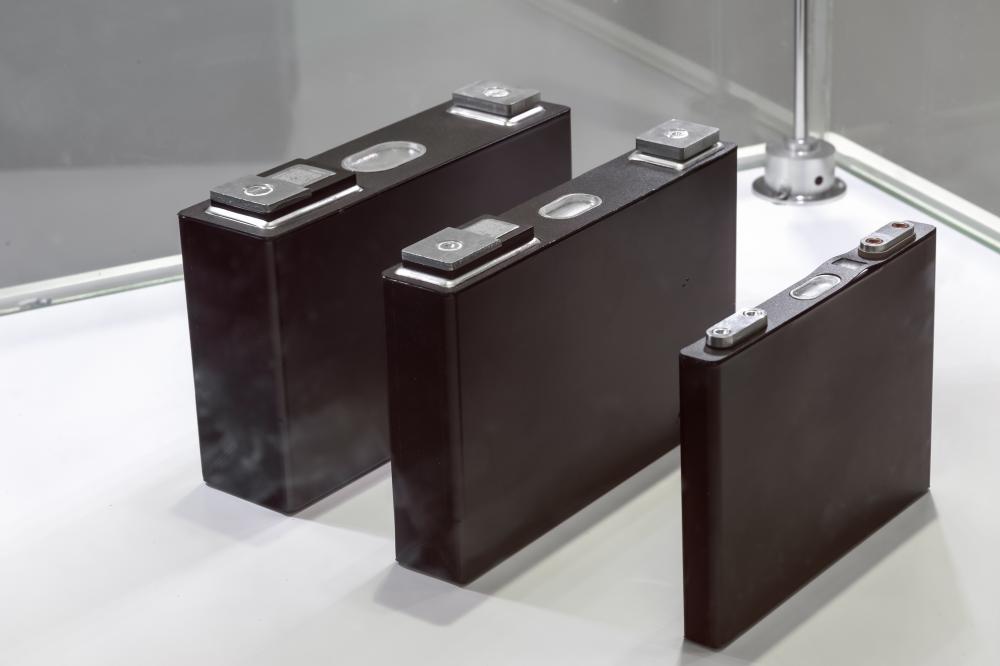Why should the cathode of lithium battery be coated with a ceramic layer? Demystifying key technologies for security and performance
Ceramic coating of lithium battery cathode refers to coating a layer of ceramic material on the edge area of the cathode piece to improve the safety, stability and cycle life of lithium battery.This article will provide an in-depth analysis of its scientific principles and practical value.

1. Suppress thermal runaway and improve safety
When a lithium battery is overcharged or at a high temperature, the cathode material may decompose to produce heat, resulting in thermal runaway. The ceramic coating can effectively isolate the violent reaction between the cathode and the electrolyte, reduce the heat release rate, and improve the thermal safety of the battery.
2. Enhance structural stability and prolong life
During the charging and discharging process of lithium batteries, the cathode material will produce microcracks due to volume expansion, resulting in performance degradation. The ceramic coating enhances its mechanical strength and reduces the risk of edge breakage of the pole piece.
3. Improve electrical conductivity and optimize electrochemical performance
Ceramic coatings are not simply insulators. By doping conductive materials such as carbon nanotubes, a conductive network can be formed to accelerate the diffusion of lithium ions. For example, when the lithium iron phosphate (LFP) cathode is coated with a ceramic layer, the internal resistance is reduced by 15%, and the discharge efficiency in the low temperature environment is significantly improved.
4.Reduce electrolyte side reactions and prolong life
Active materials exposed at the cathode edge (e.g., NCM, LFP) may react side effects with the electrolyte, resulting in volume decay. The ceramic layer reduces direct contact of the electrolyte with the edge material, reducing the risk of side reactions and extending cycle life.
From safety to life, from performance to cost, ceramic coating comprehensively solves the pain points of lithium batteries. Especially in today's rapid development of electric vehicles and large-scale energy storage projects, this technology has become the core competitiveness of enterprises to seize the market.
 +86 13332949210
+86 13332949210 info@xihobattery.com
info@xihobattery.com







 Xiho
Xiho Apr 10 2025
Apr 10 2025









